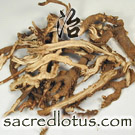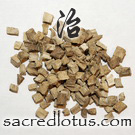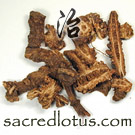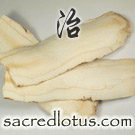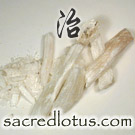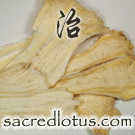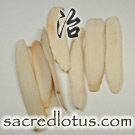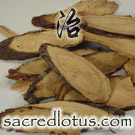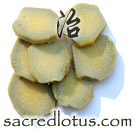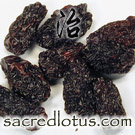Chai Ge Jie Ji Tang (Bupleurum and Kudzu Decoction to Release the Muscle Layer)
Formula 11 of 25 in Formulas that Release the Exterior
Buy This Formula
Get free shipping from
our partners at CHD
our partners at CHD
Sub-Category:
- Formulas that Release Early-Stage Exterior Disorders
Pattern:
- Wind-Cold (Tai Yang) transforming into Interior Heat (Yang Ming)
Actions:
- Releases pathogens from the muscle layer
- Clears internal heat.
- Relieves pain.
Indications:
- Increasing fever with decreasing chills and aversion to cold
- Eye Pain, dry nasal passages, insomnia, irritability, and a bitter taste in the mouth
- Muscle aches and pains.
- Aching and stiffness in the extremities.
Possible Tongue Appearance:
- Red tongue with a thin yellow tongue coat
Possible Pulse Patterns:
- Floating, rapid, and slightly forceful pulse
- Slippery and rapid
Western Uses:
- Common Cold
- Toothache
- Trigeminal Neuralgia
- Influenza
Cautions, Contraindications, Herb Drug Interactions:
- Do not use in cases of external Wind Heat, exterior Wind Cold in the Tai Yang stage, or Yang Ming organ heat with constipation
Originally Appeared In:
- Six Texts of Cold Induced Disorders (Shang Han Liu Shu)
Combined Channels of all herbs in this formula:
- Pericardium, Gall Bladder, Liver, Stomach, Spleen, Kidneys, Lungs, Large Intestine, Heart
There are 11 Substances in this Chinese Medicne
Chai Hu (Thorowax Root , Bupleurum)Quantity = 3-9 grams
Quantity = 6-12 grams
Quantity = 3-6 grams
Quantity = 3-6 grams
Quantity = 6-9 grams
Quantity = 4.5-15 grams
Quantity = 3-6 grams
Quantity = 6-9 grams
Quantity = 3-6 grams
Quantity = 3-6 grams
Quantity = 2-3 pieces
Find Similar Chinese Formulas
Sacred Lotus can compare the Chinese herbs in this formula to all other formulas on the website. Formula archetypes will list of formulas that have similar herbs, ranked by the number of herbs that match:
Get Formula Archetypes


